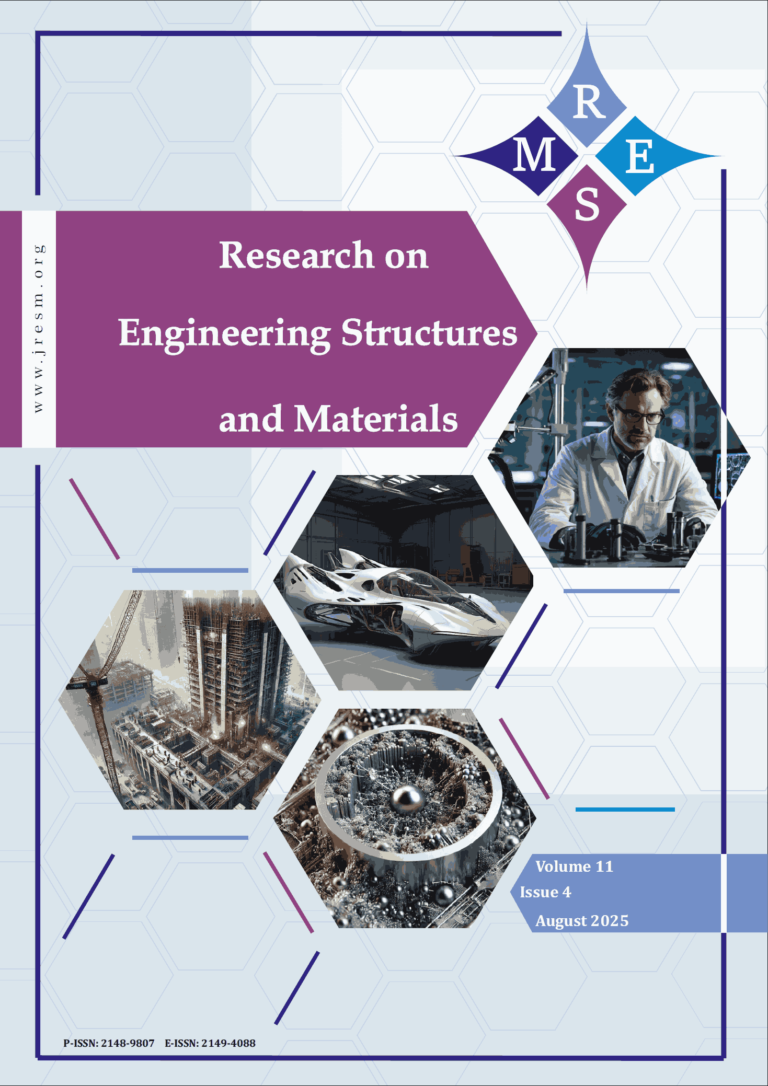This study focuses on the development and wear performance analysis of an aluminum alloy-based hybrid metal matrix composite (HMMC) reinforced with Silicon Carbide (SiC) and Carbon Nanotubes (CNTs). The composite was fabricated using the stir casting method, and it’s mechanical and wear properties were evaluated. The Taguchi method was employed to design experiments, and ANOVA was used to identify significant factors affecting wear rate. Results indicated that applied load had the greatest influence (84.33%), followed by reinforcement content (10.36%) and sliding speed (2.31%). Wear surface morphology was examined using optical microscopy and scanning electron microscopy (SEM). To enhance predictive capabilities, machine learning (ML) models were applied to estimate the wear rate of Al2024/SiC/CNT composites. Five ML algorithms such as K-Nearest Neighbours (KNN), Support Vector Machine (SVM), Decision Tree, XGBoost, and Gradient Boosting were evaluated. XGBoost achieved the highest accuracy (99%) due to its ensemble learning and regularization features. Decision Tree and Gradient Boosting also performed well (96–97%), effectively modelling key variable interactions. SVM attained 92% accuracy, while KNN lagged at 79%, likely due to limitations in capturing complex relationships. This integrated approach of experimental analysis and ML modelling offers a reliable method for optimizing and predicting wear behavior in hybrid composites.
